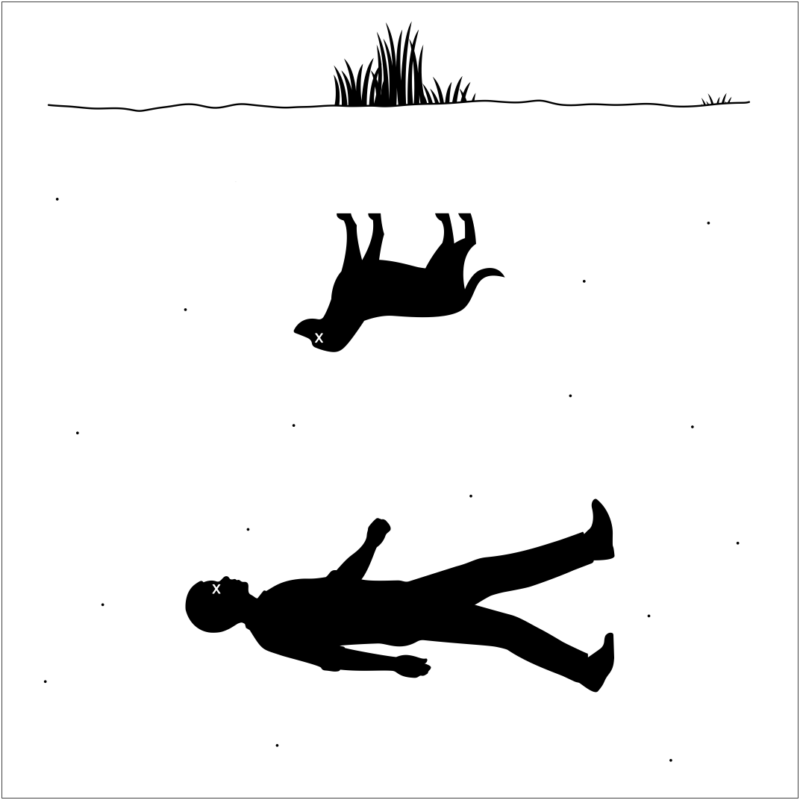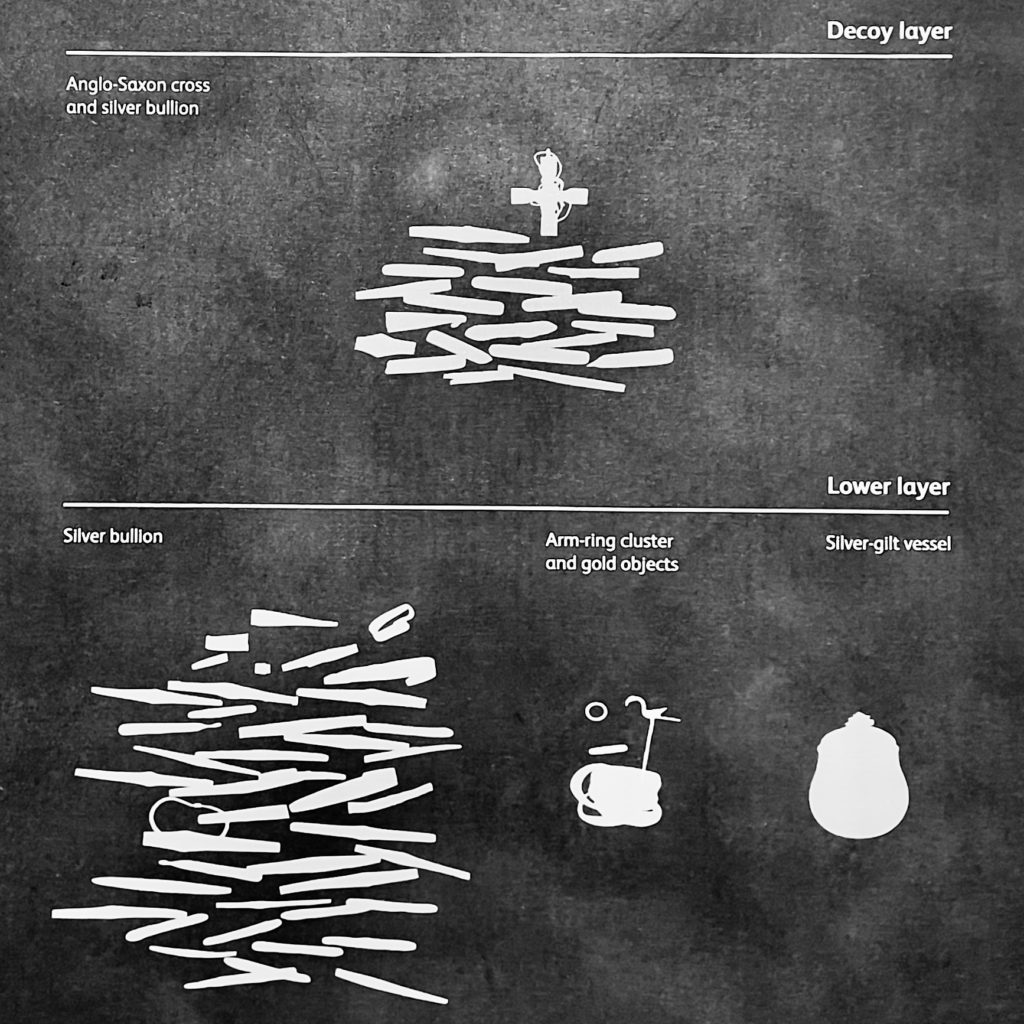In the introduction to his 1911 book, Handbook of American Indian Languages (Boas, 1911), anthropologist Franz Boas instigated the claim that Inuits have tens, if not hundreds, of words for snow. The popular press reported the claim widely, catching the public’s imagination. However, many linguists viewed the claim as an urban legend, the result of sloppy scholarship and journalistic exaggeration (Robson, 2013).
Later research not only validated Boas but found that other languages, such as the Sámi languages of Norway, Sweden, and Finland, have at least 1000 words (more accurately, lexemes, or lexical units of meaning) for snow (Jernsletten, 1994; Magga, 2006; Krupnik & Müller-Wille, 2010).
Sámi languages include (among other categories) words for:
- The condition and layering of snow (balled, crusted, brittle, etc.).
- How snow affects movement (heavy going, very slippery, drifting, drifted, etc.).
- How snow interacts with water (ice on saltwater, rough sheet over water, non-weight-bearing over water, etc.).
- And how snow settles upon and coats other objects (coated in frozen sleet, rounded sheet, melting rime, etc.).
As Sámi languages have at least 1000 words for snow, it follows that its speakers can notice, perceive, and discriminate between 1000 different types of snow in their environment. A relationship, therefore, exists between language, attention, perception, and sensemaking.
Theories and studies of linguistic relativity contend that spoken language influences thought and that linguistic categories limit and determine cognitive categories (Ahearn, 2021, p.69). Linguistic categories thus influence directly perceptual discrimination — our ability to notice and differentiate between features in our environment. This concept is central to the ‘Sapir–Whorf hypothesis’ (Whorf, 1956; see also commentary by Werner, 1994, 3656-3662), and it has important implications for the study and practice of deception.
Imagine that you are required to deceive a target from the UK to believe that it has snowed overnight outside their house. A strange mission, I acknowledge, but how might you seek to achieve this goal?
One approach might be to rent a commercial snow machine, attach it to a long hose, place the device in a soundproof box, and, under cover of darkness, use it to create an extensive snow scene outside the target’s house.
Now imagine that the target is not from the UK but a Sámi language area. Knowing that the target can perceive and differentiate between 1000 different types of snow, you may now be concerned that the commercial snow machine will simply not (if you will forgive the pun) cut the ice. It is unlikely that the machine will generate or distribute snow in a way that appears natural and will fool the target. The example is abstract and illustrative, but the principle applies directly to more serious applications.
Understanding the link between language and sensemaking is important when deceiving a target from a different culture. Deception relies upon inducing a target to make erroneous sense of a situation by presenting them with false but recognisable patterns. And while the deceptive patterns found across cultures are highly similar (and therefore transferable), the cues that constitute the patterns are often culturally specific and may differ widely.
The study, conduct, and countering of deception necessitates a raft of other cultural considerations (and, notably, many human vulnerabilities to deception transcend culture). Nonetheless, the language spoken by the target is a significant factor that can be easy to overlook, especially when deception is based upon object manipulation.
Note also that understanding a target’s language may reveal additional exploitable opportunities, as alluded to by Wittgenstein:
“The limits of my language mean the limits of my world.”
Wittgenstein (1921/2010, p.74).
References
Ahearn, L. M. (2021). Living language: An introduction to linguistic anthropology. John Wiley & Sons.
Boas, F. (1911). Introduction. Handbook of American Indian Languages (Vol. 1). US Government Printing Office (Smithsonian Institution, Bureau of American Ethnology).
Jernsletten, N. (1994). Tradisjonel samisk fagterminologi. I: Dikka Storm, Nils Jernsletten, Bjørn Aarseth og Per Kyrre Reymert (red.) Festskrift til Ørnulv Vorren. Tromsø Museums Skrifter XXV. Tromsø Museum Universitetet i Tromsø, 234-253.
Krupnik, I. & Müller-Wille, L. (2010). Franz Boas and Inuktitut terminology for ice and snow: From the emergence of the field to the “Great Eskimo Vocabulary Hoax”. SIKU: Knowing our ice. Springer, pp. 377-400.
Magga, O. H. (2006). Diversity in Saami terminology for reindeer, snow, and ice. International Social Science Journal, 58(187), 25-34.
Robson, D. (2013). There really are 50 Eskimo words for ‘snow’. Retrieved 28/03/2022 from https://www.washingtonpost.com/national/health-science/there-really-are-50-eskimo-words-for-snow/2013/01/14/e0e3f4e0-59a0-11e2-beee-6e38f5215402story.html.
Werner, O. (1994). Sapir-Whorf Hypothesis. In K. Brown (Ed.), The Encyclopedia of Language and Linguistics (Vol. 7, pp. 3656-3662). Paragon Press and Aberdeen University Press.
Whorf, B. (1956). Language, Thought, and Reality: Selected Writings of Benjamin Lee Whorf. In J. B. Carroll (Ed.). MIT Press.
Wittgenstein, L. (1921/2010). Tractatus logico-philosophicus. London: Kegan Paul, Trench, Trubner & Co., Ltd.













